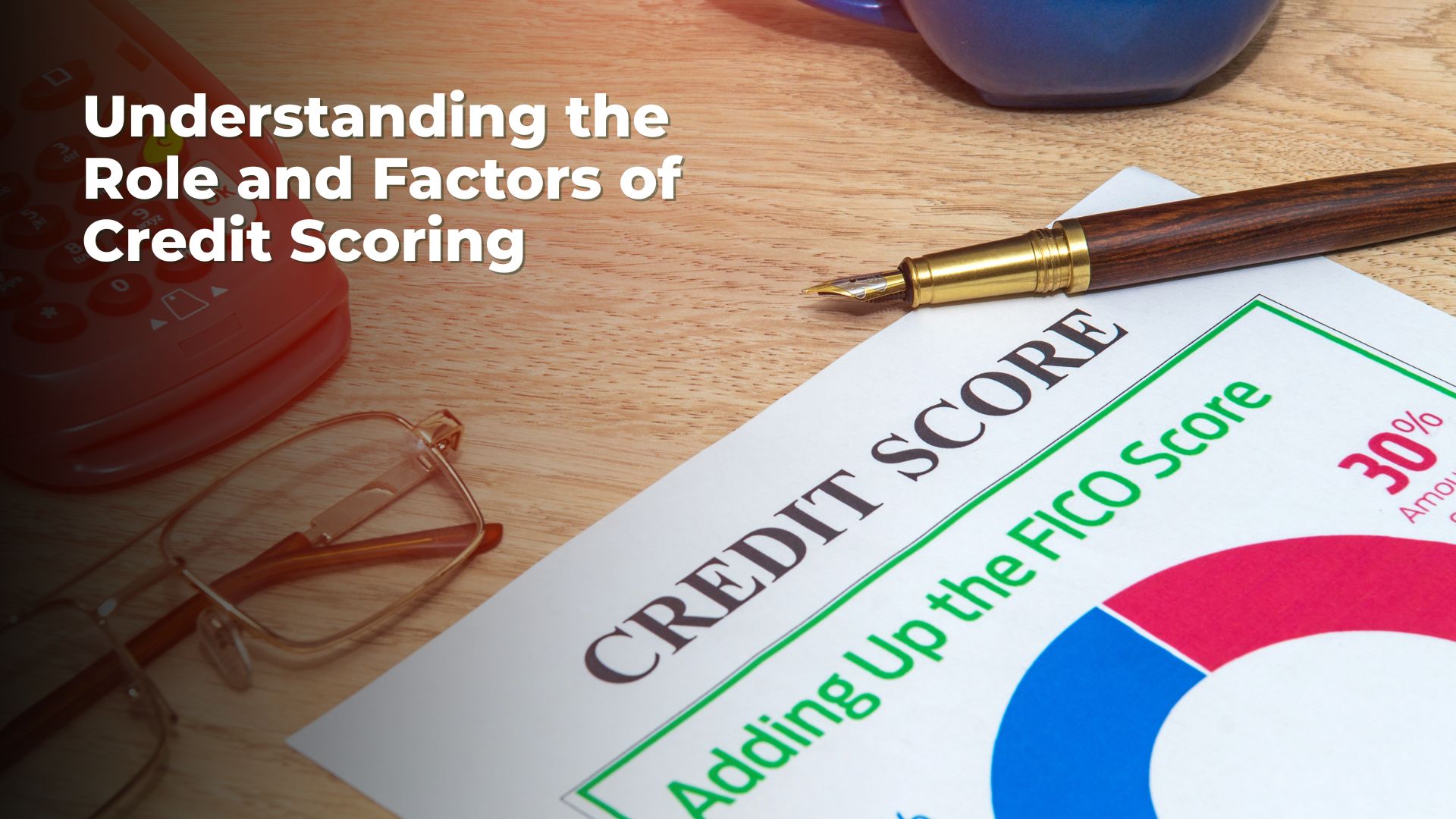

Imagine over 60% of small businesses grapple with late payments, leaving their financial flow in chaos. Isn't that shocking? According to a recent survey, the total amount of unpaid invoices is in the billions, which causes stress and anxiety for many businesses. You're not alone if you've ever found it challenging to pursue payments while maintaining good client connections.
This is where collection letters come in—a strategic tool to transform overdue accounts into resolved payments. The challenge is in striking the ideal balance between professionalism and assertiveness. Don't worry; this article will explain how to write collection letters that work and don't cause resentment.
When payments are past due, your first line of defence is a well-written collection letter. Professionally, it serves as a formal reminder to clients about their unpaid debts. Collection letters range from polite reminders to final demands, depending on how overdue the account is.
Businesses can enhance cash flow, decrease payment delays, and retain good client relations by regularly using collection letters. These letters are more than just reminders; they are an organized method of expressing urgency and demonstrating your regard for your clients.
Now that you know how essential collection letters are, let's examine their key elements to ensure optimal efficiency.
Every impactful collection letter shares essential traits that enhance clarity, professionalism, and effectiveness. These components ensure your message is kind and respectful, whether you're writing a final note or a reminder.

Always maintain a tone that is firm but respectful. A combative tone can drive your client away and make resolution more difficult. Try a more cooperative approach, such as saying, "We'd like to resolve this matter promptly and are here to assist you with payment options," rather than, "Pay immediately, or we'll take action."
Pro Tip: Avoid negative terms seen as accusatory and escalate tensions, such as "failure" or "neglect."
Clearly state the essential information, including the amount owed, the deadline, and the accepted payment options. To prevent misunderstandings, present information in an orderly manner.
Example:
Amount Due: $1,200
Due Date: January 15, 2025
Payment Options: Online transfer, check, or credit card
Your letter should motivate immediate action. Use straightforward language, such as "Please make your payment by January 15, 2025, to avoid late fees." This establishes clear expectations and eliminates any possibility of misunderstanding.
Make your letter sound thoughtful and personal. To demonstrate that you know their specific situation, address the recipient by name and provide relevant account information. This method builds trust and humanizes the interaction.
For Example: "Dear Mr. Smith, we have observed that your account ending with 6789 has an overdue balance of $1,200. Tell us how we can help resolve this, please."
Equipped with these fundamental components, let's move forward and discover practical ways to enhance the efficacy of your collection letters.
For your collection letters to be genuinely effective, they must adhere to best practices, even if they have a solid framework. In addition to increasing the likelihood of prompt payment, a well-written letter maintains your business relationship with the recipient. Here's how to improve your approach:

Pro Tip: To stay professional and prevent unnecessary escalation, include a statement such as, "If you have already made this payment, ignore this notice."
Let's explore how to organize your collection letters to optimize their impact while considering these pointers.
A collection letter must have a well-defined and structured format to convey your message effectively. Sticking to a standard structure, you can ensure your message is clear, concise, and professional. Here is a proven structure to help you:
Example:
Subject: Friendly Reminder: Payment Due
Dear [Client Name],
We hope this message finds you well. Our records indicate an outstanding balance of $1,200 due on January 15, 2025. To avoid late fees, please make your payment using the enclosed methods.
Thank you for your prompt attention to this matter.
Sincerely,
[Your Name]
Now that you have the structure down let’s look at common mistakes and how to avoid them.
Even the most carefully written collection letters can fall flat if they contain errors that undermine their effectiveness. Minor mistakes can majorly impact anything from tone to legal compliance. To ensure your collection letters accomplish their goal, avoid these typical errors.

Pro Tip: To ensure your collection letters are professionally written and legally compliant, work with experts like South East Client Services (SECS). SECS specializes in helping businesses recover overdue payments efficiently and respectfully.
By avoiding these errors, you'll set the stage for effective communication and on-time payments, maintaining the efficiency and professionalism of your collection process.
Effective collection letters are a delicate balance of professionalism, clarity, and compliance. You can significantly increase your chances of collecting past-due payments while preserving good client relations by being aware of the essential components, adhering to best practices, and carefully crafting your letters.
Your collection letters will be respectful and convincing if you avoid common mistakes like using an aggressive tone or being unclear. With these tools, you can handle delinquent accounts efficiently and effectively.
South East Client Services (SECS) is here to assist companies needing professional assistance. SECS ensures efficiency, compliance, and a customer-friendly approach to collections with customized solutions and a team of skilled experts. Are you ready to advance your collection process? Contact SECS today and experience the difference in effective account recovery!